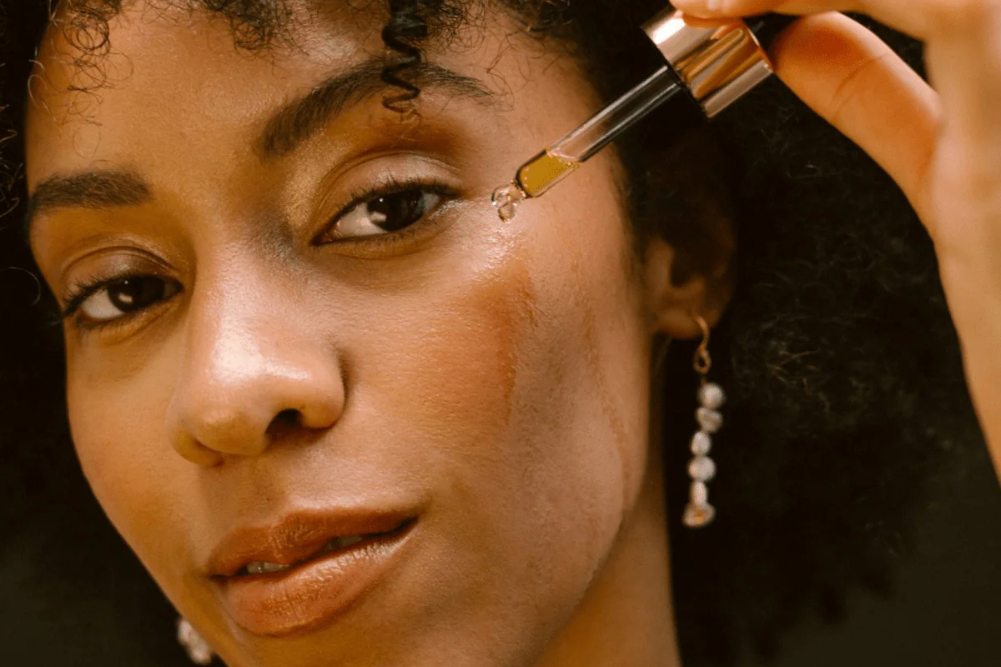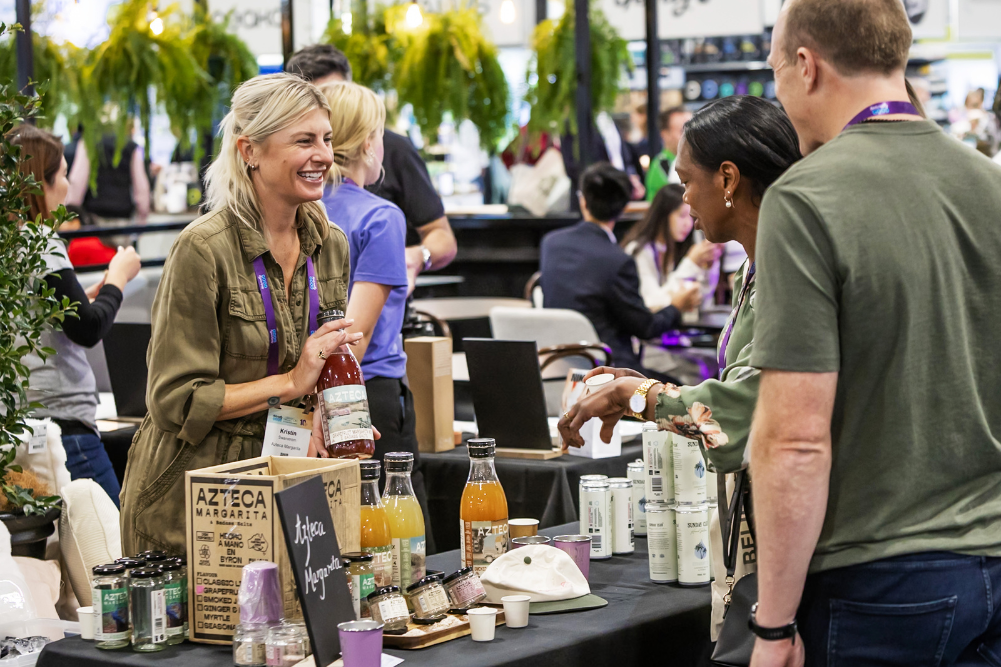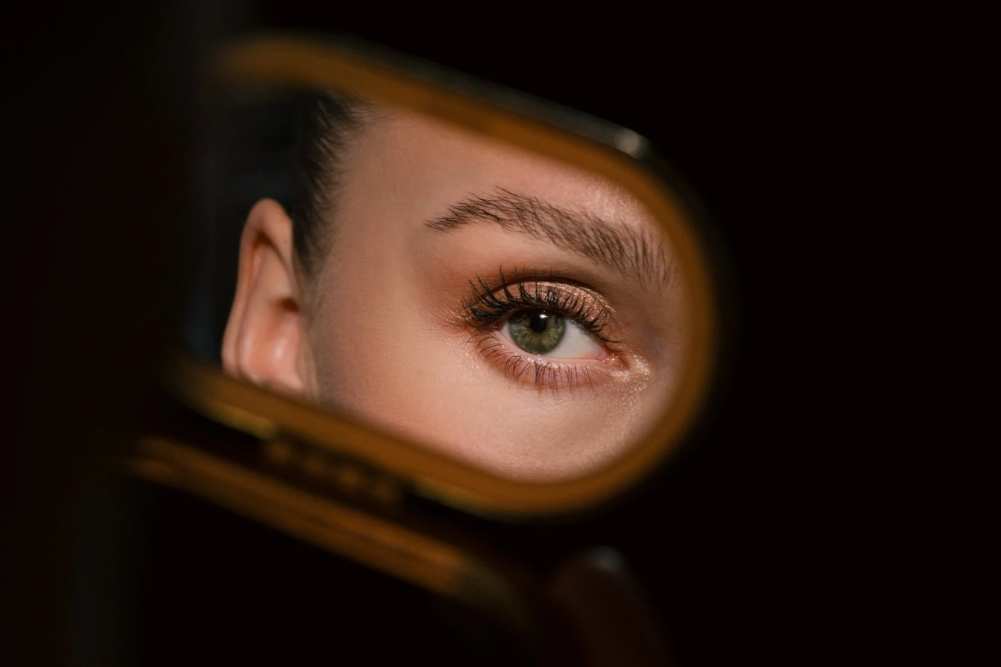11 foods for a beautiful you
Judging from the number of emails I’ve received lately from customers and readers asking what the best beauty foods are, a food and wellness revolution is alive and well. More and more people are embracing the link between food, gut health and skin health, which is super exciting.
So how does it all connect? The skin, hair and nails are the last places to receive nutrients that go to more important organs first so, if you’re not getting enough nutrition, your skin will starve. You are made up of cells and bacteria (more bacteria than cells) and the nature of that fabric will profoundly influence your health and therefore the health and integrity of your skin. Simply, you are what you eat.
The skin, hair and nails are the last places to receive nutrients that go to more important organs first so, if you’re not getting enough nutrition, your skin will starve
While genetics play an important role in your skin’s health, what is probably more pertinent is epigenetics: the way in which the expression of heritable traits is modified by environmental influences. So, while you may be more susceptible genetically to a certain skin condition such as eczema, diet and skincare play a huge role and can trigger it, exacerbate it, prevent it or heal it.
Cells need a variety of nutrients to be healthy, to communicate and to rejuvenate. You need good proteins, good fats, vitamins, minerals and anti-oxidants to keep them healthy and resilient; ditto for feeding and supporting beneficial gut bacteria and supporting the liver. It’s true that Beauty begins in your belly. Your gut is where you make nutrients, neutralise pathogens, metabolise hormones and make detoxifying enzymes; it’s where 70 per cent of your immune system lies. Eating to support a healthy gut and healthy liver is paramount for good, clear, radiant skin.
The best beauty foods
1. Lacto-fermented foods are excellent for improving digestion as they are predigested by bacteria so the nutrients are more available for the body to use. The process also creates natural probiotics, vital for good gut health. Improving gut health is one of the best things you can do to maintain a healthy weight and healthy skin. Studies are also showing that the lack of certain acids such as hydrochloric acid in the gut contributes to skin problems from rosacea to acne. Lactic acid bacteria can help increase these acids. Other foods to embrace for digestion are prebiotic foods that feed the good bacteria in your gut such as Jerusalem artichoke, bananas, green vegies, asparagus, onions and garlic. Foods rich in digestive enzymes such as papaya and pineapple can also help.
2. Anti-inflammatory foods. Inflammation contributes to a host of skin problems including dryness, pimples and loss of skin tone, as it breaks down collagen. Anti-inflammatory foods include lacto-fermented foods and those rich in antioxidants and omega-3s. Grain-fed meats contain inflammatory fats whereas grass-fed meats are rich in CLA (conjugated linoleic acid) and omega-3s, so where possible go grass-fed. Inflammatory foods that need to be avoided include highly processed foods, sugar, alcohol, pasteurised dairy and gluten.
3. Alkalising foods. Many naturopaths believe that too much acid in the body may contribute to skin and health issues from arthritis to eczema. The modern diet is full of acidic foods including red meat, alcohol, refined grains and sugar. Reduce these foods and instead eat lots of alkalising foods: lemons, green leafy vegies, fruits, herbs, spices and herbal teas.
4. Antioxidant-rich foods. Foods rich in antioxidants have anti-inflammatory properties and help protect the skin from free-radical damage. Free radicals are unstable molecules that naturally roam our bodies looking to partner up with healthy cells, which they then damage. Antioxidant-rich foods include fruits, vegies, spices, green tea and legumes. While oxidation is a normal part of our body’s processes, it is exacerbated by exposure to toxins and pollution, eating unhealthy processed foods, stress, cigarettes and alcohol. Where possible, avoid these triggers.
5. Vitamin-C-rich foods. Vitamin C helps to support collagen production and boosts the skin’s immunity. It is bountiful in foods including lemons, camu camu, acerola cherry, green leafy vegies, berries, papaya, kiwi fruit, broccoli and cabbage.
6. Vitamin A. Beta-carotene or pro-vitamin A helps rejuvenate the skin and promotes cell turnover, thus improving dry flaky skin. Foods rich in this include carrots, sweet potato, leafy greens and seaweeds. Cod liver oil is another great source of vitamin A and also vitamin D — essential for healthy, glowing skin.
7. Spark up your skin. Minerals are important catalysts for many biochemical reactions, helping to make enzymes, antioxidants and hormones. They are essential for skin’s hydration, resilience and overall texture and health. Oats, buckwheat and chickpeas contain silica, for example, which can help to promote skin elasticity, while the zinc in pepitas is another anti-inflammatory helpful in repairing and building the skin, particularly if you are prone to acne or oily skin. Soak grains, seeds and legumes to reduce antinutrients, aid their digestibility and unleash their goodness!
8. Support the liver. Foods that support the liver are very important as the liver is involved in every metabolic process. For this reason, I am a big fan of sulphur-rich foods, including those from the brassica family: cabbage, broccoli, kale. They help with detoxification, plus they are brimming with skin-loving nutrients. Slow-cooked bone broths are also a great source of sulphur-containing amino acids and are anti-inflammatory.
9. Liver-supporting herbs. Include herbs such as milk thistle, rosemary, fennel, dandelion and burdock root in your diet.
10. Eat fat. Eat essential fatty acids. The ideal ratio is 1:1–5:1 of omega-6 to omega-3 fatty acids, but in the Western world it looks more like 20:1–50:1. While omega-6s are essential, their blown-out dominance is causing inflammation in the body, so steer clear of processed packaged foods (many contain refined omega-6 fats) and refined vegetable, seed and nut oils. Eat fresh seeds and nuts for omega-6s and dose up on omega-3s by eating fresh fish (especially cold-water fish), flaxseeds and chia seeds. Be sure to eat freshly ground flaxseeds and chia seeds as they oxidise very easily. Krill oil is also a great omega-3-rich supplement. Other skin-loving unsaturated fats are olive oil — avoid heating it as oxidises — and the skin-loving healthy fats in avocado. Cook with saturated fats such as red palm oil (choose a sustainable source) and coconut oil: these are stable and rich in medium-chain fatty acids, which are great for digestion and also brain and skin health. You can add these to smoothies, too.
11. Eat protein. Insufficient protein in the diet can lead to sallow-looking skin and lack of muscle tone. Protein is vital for collagen synthesis, tissue growth and repair. It’s important for balancing blood-sugar levels and it builds muscle, thus increasing basal metabolic rate. Good protein sources are fish, grass-fed meats, fresh nuts and seeds and cultured dairy.








